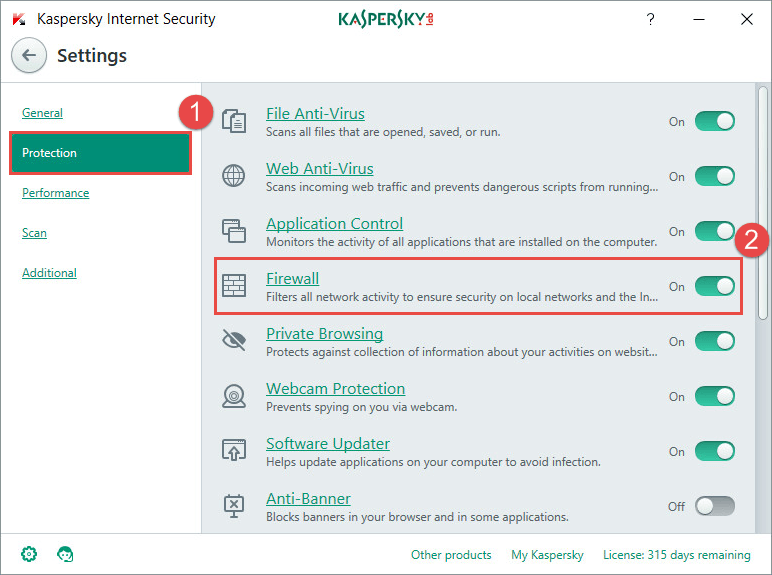

- #OPEN PORTS FOR STEAM HOW TO#
- #OPEN PORTS FOR STEAM INSTALL#
- #OPEN PORTS FOR STEAM PC#
- #OPEN PORTS FOR STEAM WINDOWS#
UDP: 2700 (default HLDS, SRCDS and HLTV port) The following ports must be open in your firewall and router for Steam and Steam Games to work:Ĭomputers running Dedicated Servers need these ports open: If you need to open any other ports for a different program or with a different rule, repeat the steps above using a different set of ports to open.Which ports must be open in order to use Steam? If you want to disable the rule at any point, locate it in the list of Inbound or Outbound Rules, right-click it, and then click “Disable Rule.” In the final window, give your new rule a name and an optional, more detailed description. RELATED: What's the Difference Between Private and Public Networks in Windows?
#OPEN PORTS FOR STEAM PC#
Public: When a PC is connected to an open network, like a cafe, airport, or library where anyone can join, and the security is unknown to you.

#OPEN PORTS FOR STEAM WINDOWS#

Unfortunately, we can’t tell you specifically which to use because different apps use different protocols. Port numbers can range from 0-65535, with ports up to 1023 being reserved for privileged services. On the next screen, you’ll have to choose whether the port you’re opening uses the Transmission Control Protocol (TCP) or User Datagram Protocol (UDP). On the Rule Type page, select the “Port” option and then click “Next.”
#OPEN PORTS FOR STEAM INSTALL#
If you need to open a rule for outgoing traffic, instead of clicking “Inbound Rule,” you’d click “Outbound Rule.” Most apps are pretty good about creating their own outbound rules when you install them, but you might occasionally run into one that cannot. If you have a router on your network (which you likely do), you will also need to allow the same traffic through that router by forwarding the port there.
#OPEN PORTS FOR STEAM HOW TO#
Note: This article shows you how to open a port on a particular PC’s firewall to let traffic in. If you’re running something like a game server, you might need to open a port to allow that specific kind of traffic through the firewall. By default, most unsolicited traffic from the internet is blocked by Windows Firewall. Where an IP address shows traffic how to get to a particular device on a network, the port number lets the receiving device know which program gets that traffic. When a device connects to another device on a network (including the internet), it specifies a port number that lets the receiving device know how to handle the traffic. Sometimes, though, you’ll want to allow otherwise restricted traffic through your firewall. Firewalls are there to protect you from threats on the internet (both traffic from the internet and from local applications trying to gain access when they shouldn’t).


 0 kommentar(er)
0 kommentar(er)
